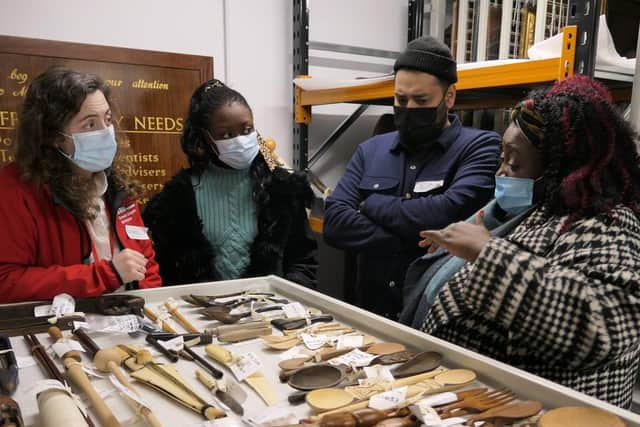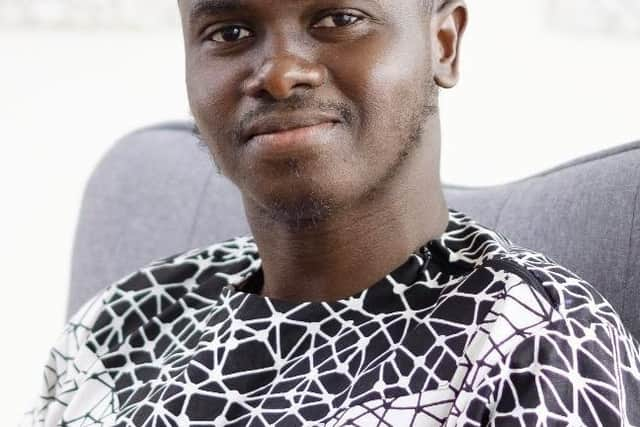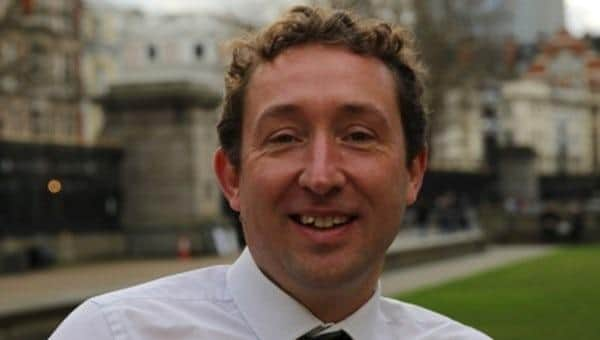We’re revisiting our stories of Empire in museums and galleries - Dr John Giblin and Dr Yahya Barry
Last year, National Museums Scotland was awarded a grant by the Arts and Humanities Research Council (AHRC) with the National Maritime Museum, London to enable cultural organisations around the country to work with community groups to reveal more of these stories by exploring experiences of empire, migration, and life in Britain through collections.
The £250,000 pilot project, entitled Exchange: Community-Led Collections Research, saw funding distributed to seven partner organisations to work with participants from South Asian, African and Caribbean diaspora groups. In Scotland, funding was distributed to David Livingstone Birthplace (DLB) in South Lanarkshire, the Museum of Childhood in Edinburgh and Glasgow Life.
Advertisement
Hide AdAdvertisement
Hide AdDLB worked with local diaspora communities to look at how their collection speaks to the different African cultures, communities and individuals that Livingstone encountered. Using objects in the collection, they revealed new stories, including those relating to the famous missionary’s African crew members. Their work included commissioning artists of colour and storytellers to respond to Livingstone's story.


The Museum of Childhood in Edinburgh worked with the Edinburgh Caribbean Association to examine experiences of childhood. Exploring the museum’s collection, participants commented that they didn’t see their own childhoods represented. That lack of representation, the politicisation of childhood and potential racism in the collections were some of the themes they discussed together.
They compared experiences of childhood in Scotland and the Caribbean, working across generations to explore everything from music and food to traditional sayings and folklore. The project culminates in an exhibition, Respect! Caribbean Life in Edinburgh, which opened at the Museum of Edinburgh on 16 October.
In recognition of the subjects they were covering, their project included the provision of professional emotional support to members of the group, in the form of a therapist and heritage consultant from the Caribbean community.
Bangladesh Association Glasgow (BAG) and young people from the Our Shared Cultural Heritage (OSCH) programme researched and interpreted a plaque with the inscription 'Lascars Only' – written in both English and Bengali – from the Queen's Dock area of Stobcross Quay in Glasgow.


The plaque, held in Glasgow Museums’ collection is a rare piece of evidence for the existence of Bengali speaking sailors (lascars) in Glasgow in the 19th century. BAG looked at how they could tell the lascar story with a Scottish perspective and Glasgow Life supported them by giving access to archival material and sharing research skills. The intergenerational collaboration resulted in a variety of outputs including a theatre performance on the Tall Ship in Glasgow.
Exchange saw funding distributed to seven organisations who in turn worked with more than 15 community groups totalling more than 80 individuals to challenge and expand on established representations of diaspora experiences.
13 events took place around the UK attracting hundreds of in-person participants, while online content reached tens of thousands of people. Beyond that, knowledge was produced which will help to inform leadership and strategy across the cultural sector.
Advertisement
Hide AdAdvertisement
Hide AdWe want to support greater equality, diversity and inclusion within the galleries, libraries, archives and museums sector in the UK. To do this we need to consider who is visiting our institutions and what they find there when they do.


Aspects of collections and the way they’re displayed have often been shaped by imperial and colonial thinking and actions that were based on racial and racist understandings of the world. In response, National Museums Scotland and many others are reflecting on and changing how imperial and colonial pasts are represented to audiences.
Exchange supported organisations to work with UK communities who have historically been marginalised in museum and gallery displays to reveal and share a wider range of stories and perspectives. The project has seen us investing more resource into how histories of empire, migration and life in Britain are told from the perspective of diaspora communities, but there is much more work still to do.
For more information about Exchange, visit www.nms.ac.uk/exchangeresearch
Dr John Giblin, Keeper of Global Arts, Cultures and Design and Dr Yahya Barry, Community Collections Research Hub Manager at National Museums Scotland
Comments
Want to join the conversation? Please or to comment on this article.